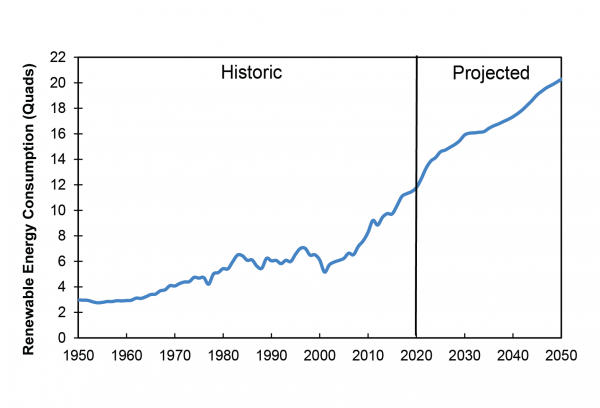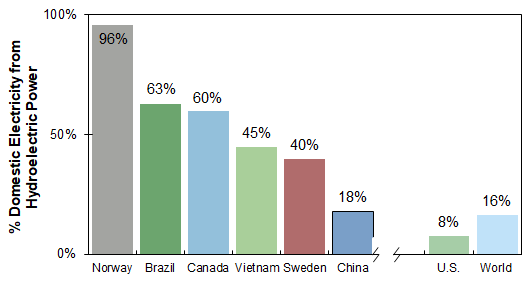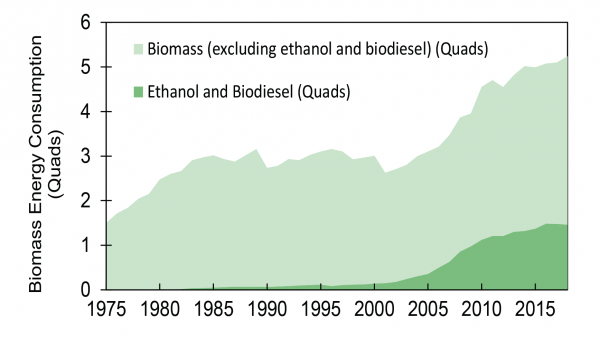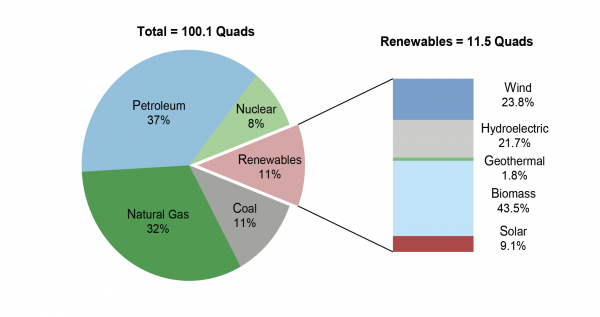A Brief Introduction
Given my background in Sustainability, I chose to explore the trends of energy production and consumption in the United States. Energy in the United States is an interesting topic as, due to its sheer size and geographic diversity, the United States has the potential to utilize a wide variety of renewable energy sources. Information regarding the production and consumption of energy in the US has been cataloged by the Energy Information Administration (EIA) ever since it was founded in 1974. In addition to providing the raw data, the EIA also publishes a wide variety of reports and infographics that can serve as excellent resources when designing your own graphics. Despite the EIA’s usefulness, I found that University of Michigan has put together a fact sheet that can serve as a much better introduction to the topic for those who are not already familiar with the Energy field. It is this fact sheet that I will be highlighting and discussing in the following sections of this post.
Michigan Fact Sheet
Drawing from the EIA’s statistics and other sources, the Michigan fact sheet has put together a number of graphics that make it easy to compare the energy production of all types of renewable energy sources. Below are examples of the two main types of data comparisons that the fact sheet displays, changes over time and differences between countries.


These graphs help translate the raw data presented by the EIA into something that is easier to understand at a glance. They are perfect for displaying simple, overarching trends for their respective fields, but their simplicity makes them ill-suited for handling data with many facets. This is where the following graphics excel.



The field of energy production can be quite complex when accounting for all the various ways of generating energy and the scale at which that energy is generated/utilized. These graphics help the viewer understand this fact by visually differentiating between the individual sub-categories of a much larger piece of data.